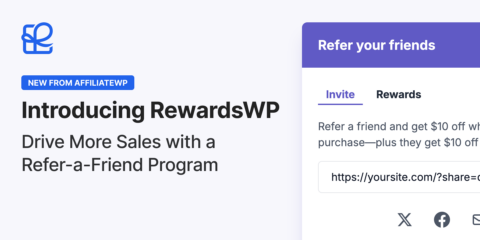Essential cookies enable basic functions and are necessary for the proper function of the website.
Cookie Preferences
This cookie is used to store the user's cookie consent preferences.
30 days
-
Cookie Preferences
This cookie is used to store the user's cookie consent preferences.
30 days
-
edd_items_in_cart
Stores information about the cart contents.
Session
-
wpfuuid
Used to track user interactions with forms.
11 years
-
comment_author
Used to track the user across multiple sessions.
Session
-
comment_author_email
Used to track the user across multiple sessions.
Session
-
comment_author_url
Used to track the user across multiple sessions.
Session
-
edd_session_
Stores information about the current user session.
Session
-
wordpress_logged_in
Used to store logged-in users.
Persistent
-
wordpress_sec
Used to track the user across multiple sessions.
15 days
-
wordpress_test_cookie
Used to determine if cookies are enabled.
Session
-


I have been in affiliate sales for 8 years, I want to tell you that I am not willing to invest in products that do not attract potential customers. I have gone through very bad times and I do not want to fall into the same, I need a lot of help, conosco
everything that implies working as an affiliate, (autoresponders, google analytics, google adwords, clickbank, clicksure, clickbetter, JVZoo, SEO, google blogger blogs, how to place a banner and what it takes and advertising mails, blueprint, videos and post- cart). You have to invest, if you know !, but invest in products that really convert and attract.
Thank you, I wish you had listened to me, now I just wait for your options and other tips to get ahead.
See you soon, cordial greetings
We once did implement affiliate wp but did not renew the license. Now recently we discovered a huge fatal failure with affiliate wp – every registering as affiliate partner get instant admin access with no reason through affliliate wp and this is a no go….
As we cannot find any support without renew license we did not find and hint what kind of situation affiliate wp is unknowingly producing for customers…
And I do not understand this company not having any wise forum on wordpress.org or just a confusing big knowledge base without any help…
@dieter that happened due to a configuration on your site and not due to an error in AffiliateWP.
In the General WordPress settings screen, your “New User Default Role” option was set to Administrator. This results in all new user accounts being assigned the Administrator role. Note, this is a setting from WordPress itself and not AffiliateWP.
Setting the “New User Default Role” to “Subscriber” will resolve the issue.
Nice post, Each an Every Affiliate Network you mention has their Terms & Conditions. It is very good information to work on to increase the revenue of yours. Thanks for this information again.
We’ve been on the lookout for something that integrates seamlessly with Stripe (our default payment system). To that end, we picked getrewardful.com although they lack the creative part – and we have to handle that on our own brand assets page. 🙂